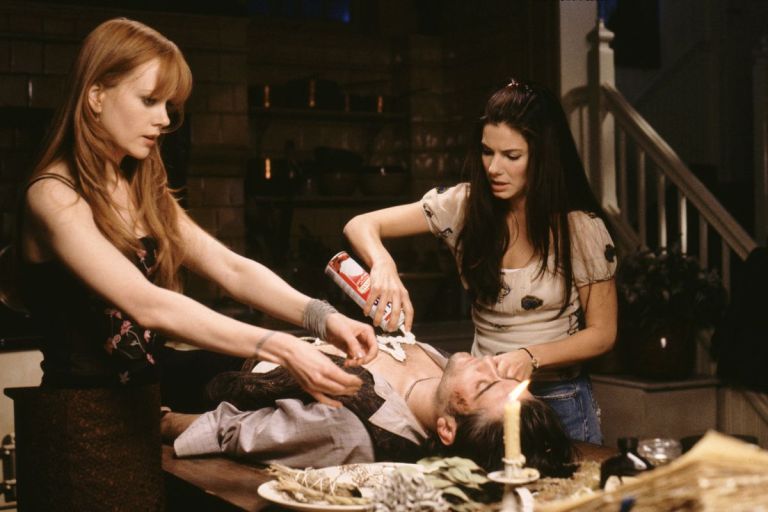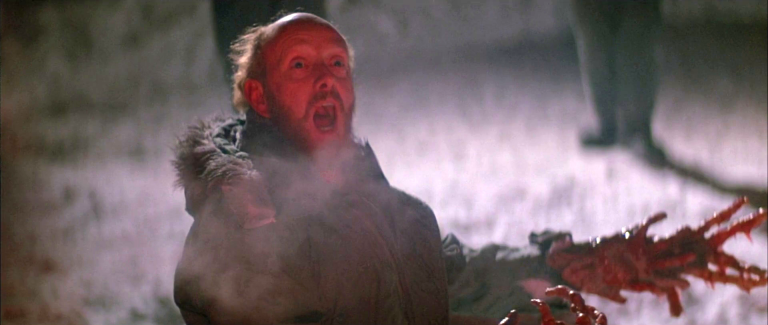
7 Body Horror Movies To Turn Your Stomach After ‘The Substance’
As most knowledgeable fans of the genre know by now, horror films seldom get much attention among prestigious entertainment ceremonies like the Academy Awards or Golden Globe Awards.
Whereas most horror films might garner a positive critical reception upon their initial release, many of them fail to gain serious consideration across international institutions like the Academy of Motion Picture Arts and Sciences.
Fortunately, every once in a while, a horror film comes along that completely shatters preconceived expectations, climbing to numerous year-end lists for critics’ finest movies of the year. Like Get Out or The Silence of the Lambs before it, The Substance is one such notable example of this phenomenon. A disquieting horror that merges ingenious special effects with first-rate performances, The Substance serves as one of the best and most nauseating body horror films since the glory days of David Cronenberg and John Carpenter.
As audiences await to see whether the 2024 film might take the Best Picture Award at the upcoming Oscars, most viewers might be searching for similarly-veined films to watch after they’ve seen The Substance. From early body horror films to recent psychological horror movies, here are seven stomach-churning films that make for a perfect companion piece to Demi Moore’s breathtaking horror movie.
The Brood (1979)

You can’t discuss body horror without mentioning David Cronenberg’s contributions to the genre, from his earlier work on films like The Brood to his more recent ventures with movies like Crimes of the Future. With the former, Cronenberg uses the conventions of transformative horror to examine grounded topics related to divorce, feminism, and the unpredictable consequences of repressed rage. Admittedly, it might not be Cronenberg’s best film, but The Brood helped lay the cornerstone for body horror in the genre’s infancy, influencing countless films that followed in its footsteps.
Dead Ringers (1988)
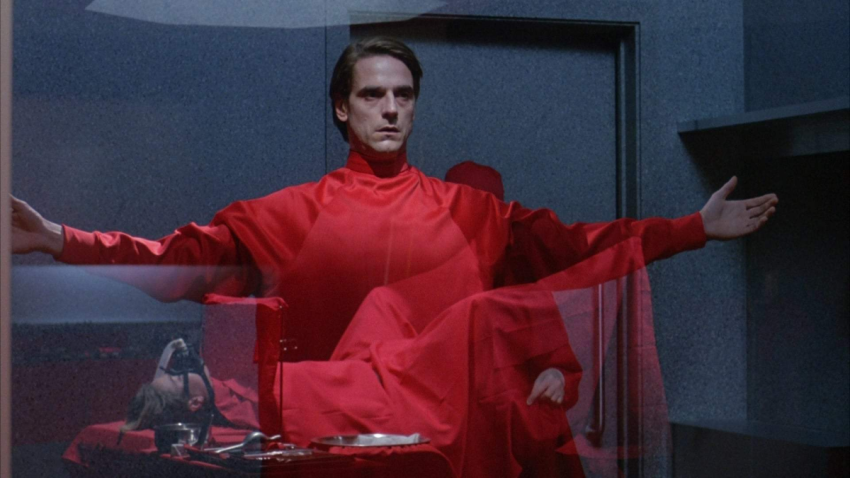
As with most of David Cronenberg’s films, it takes a hard heart and even a harder stomach to make it through the entirety of Dead Ringers’ nearly two hour runtime. Yet for those capable of sitting through the film’s violently surreal imagery, Dead Ringers manages to impart a meaningful analysis of personal identity and a person’s quest towards individual happiness. Making ample use of Jeremy Irons’ dual performance as a pair of twin gynecologists who begin to doubt their respective identities, Dead Ringers is as intellectually engaging as it is thoroughly disgusting in its most visceral moments.
Black Swan (2010)

The horror movie equivalent to Amadeus, Black Swan follows Natalie Portman’s ambitious New York ballerina as she descends down a path of obsessive competitiveness bordering on outright madness. While perhaps not as visually adherent to the body horror genre as most other films on this list, Black Swan excels at illustrating the lead character’s fragmented mental state as her ambition gives way to hallucination-filled hysteria. With Portman and co-star Mila Kunis handing in spellbinding performances as rival dancers, Black Swan is a psychological horror film viewers couldn’t forget if they tried – which, given the film’s insurmountably high quality, they would never even attempt to do in the first place.
Tetsuo: The Iron Man (1989)
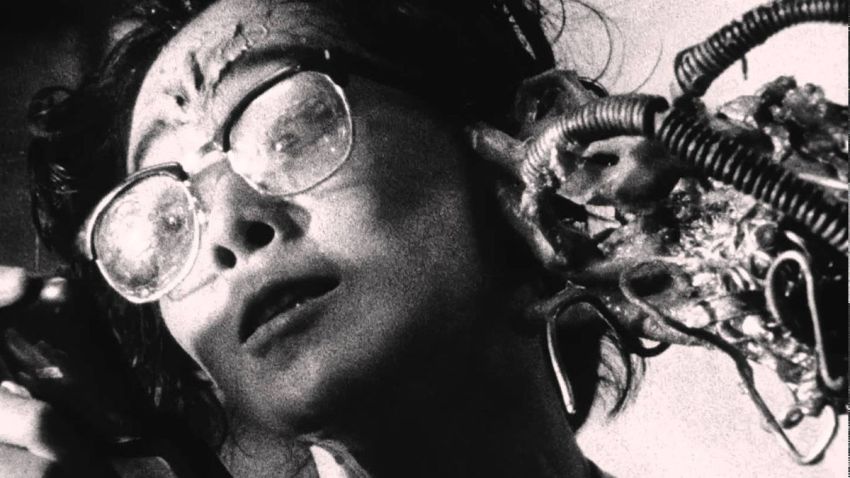
Tetsuo: The Iron Man might very well be one of the greatest body horror films most people have never heard of. Squeezing every penny out of his relatively meager budget, director Shinya Tsukamoto provides an almost existential look at industrialized culture’s impact on the average worker, triggering a Kafkaesque transformation into a human-machine creature. Drawing favorable comparisons to the early work of David Lynch and Sam Raimi, it’s a thoughtful yet twisted horror film with plenty of thematic discussions in its fast-moving 67-minute runtime, including candid explorations of guilt, morality, and cultural alienation in a cold, unforgiving, often judgmental world.
Videodrome (1983)
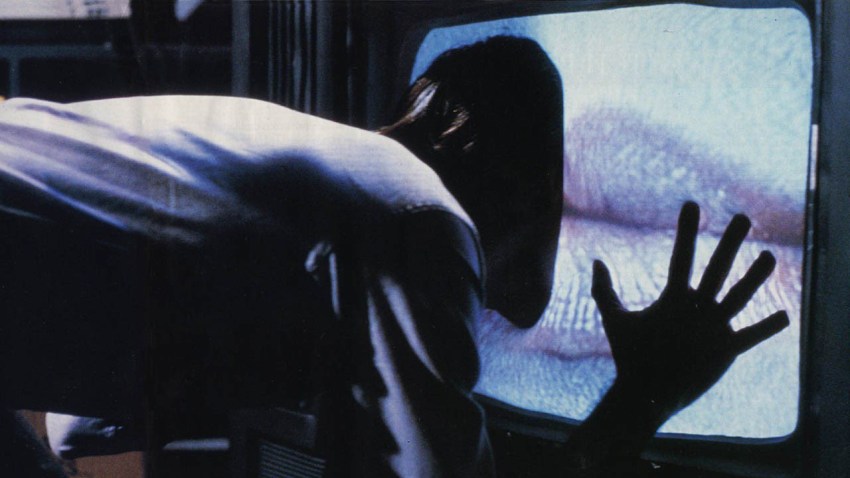
Whereas The Substance analyzes mass culture’s views on age and beauty, 1983’s Videodrome opts for an in-depth discussion of the entertainment industry’s gradual degradation, hampered by audiences’ growing indifference towards once-taboo subject matter. Directed by body horror aficionado David Cronenberg, Videodrome’s satirical plot, vivid imagery, and surprisingly elegant treatment of difficult thematic topics make it a fantastic example of a high-brow horror film. While it’s sure to leave your stomach in a tight knot, Videodrome also encourages viewers to form their own opinions on the widespread adult material in film and television, engaging our minds as much as it does our lower abdomens.
Titane (2021)

More so than every other film on this list, Titane is a very strange movie. While most audiences might find it a bit too bizarre for their tastes, more appreciative viewers freely acknowledge the movie’s willingness to take bold risks with its central plot line. Securing the prestigious Palme d’Or at the 2021 Cannes Film Festival, Titane comes packed to the brim with buoyant surprises around every corner, brilliantly utilizing such far-ranging topics as serial killers, sudden car accidents, possessive firefighters, emotionally distant parents, and inexplicably meaningful connections to automobiles. (Yes, seriously.)
The Fly (1986)

Decades before The Substance became the most talked about body horror film in contemporary pop culture, David Cronenberg constructed the ultimate nauseating horror film with 1986’s The Fly. Based on the ‘50s B-movie of the same name, The Fly relies on Cronenberg’s penchant for atmospheric practical effects and intelligent storytelling, focusing on a young scientist’s gradual metamorphosis into a hideously mutated fly-human hybrid. Rather than emphasizing the character’s physical transformation alone, Cronenberg takes the time to showcase the protagonist’s mental degradation from an intelligent and mild-mannered inventor into an arrogant, self-serving creature increasingly motivated by its animal instincts. Through this, Cronenberg hands in a definitive masterpiece of body horror, setting the gold standard on which every subsequent genre entry is evaluated and compared.

